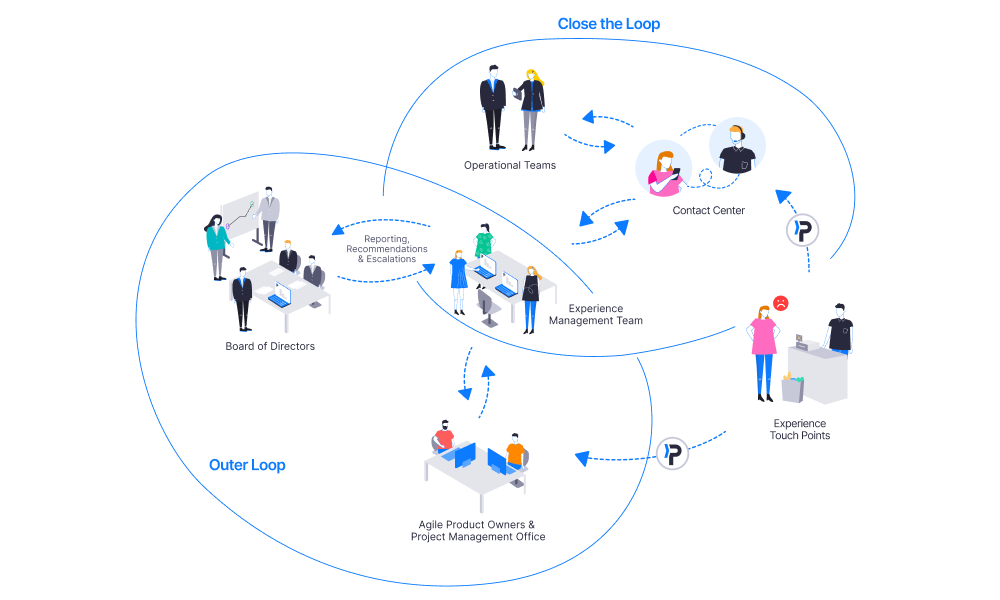It's no secret that making customers happy will help grow your business.
Happy customers keep coming back for more, bring their friends along, and write glowing online reviews about their experience.
But how can you figure out what makes them happiest?
One of the most efficient ways is to go ahead and ask them. Savvy business owners and managers collect customer feedback, analyze the data, and use intelligence reports to make wise, informed decisions that skyrocket customer happiness.
This post explores the two most common research methods used to capture customer feedback and why you should be using both of them simultaneously.
Qualitative research methods
Qualitative research methods, like focus groups and one-on-one interviews, ask questions to determine what your customers do, feel or think – and why. They place enormous importance on what each client is thinking and focus heavily on discovering underlying emotions and insights.
Qualitative research is used to understand why customers behave in a certain way more deeply. It allows you to learn about their motivations and desires and discover what barriers are stopping them from changing their behavior. Opinions expressed during qualitative surveys are used to create customer profiles, explore reactions to products, services, staff members, and advertisement campaigns, guide the development of new concepts, and much more.
Quantitative research methods
Quantitative research gives you measurable data about how many of your customers feel, think and behave the way they do. Most quantities surveys ask closed or ratings-style questions and offer a limited number of possible responses, such as 'strongly agree,' 'disagree,' or a score out of 10.
While quantitative surveys don't reveal why customers feel, think, or behave the way they do, they do provide a measurable analysis of groups. A quantitative survey can provide valuable data, such as the percentage of people from a particular area who are dissatisfied with your customer service, how many clients think your waiting room could be more comfortable, and how many customers under 25 want to buy your new product.
Combining quantitative and qualitative: mixed methodology research
Mixed methodology research allows you to gain real insight into your customers' experience.
First, use qualitative research to identify what is important to your customers. Discover as much as you can about their needs, desires, and motivations. Then, follow up with a quantitative survey to determine how many of your customers feel like you're meeting their needs.
At Pisano, we use both research methods to get you the very best results.
You can create quantitative and qualitative surveys with our powerful software. For example, customers can rate their satisfaction from 1 – 10, tell you how much they like your new product, and give you answers to open-ended questions such as "What would make your room more comfortable?".
We use your customers' answers to create customer profiles that can be searched quickly and easily. Our in-depth data analysis gives you daily, weekly, monthly and yearly reports, allowing you to track ongoing trends and the impact of changes.
We also gather customer feedback in real-time and send notifications whenever a negative response is recorded. Staff can then reach out to the dissatisfied customer, ask qualitative questions and solve the problem before they leave. How's that for exceptional customer service?




